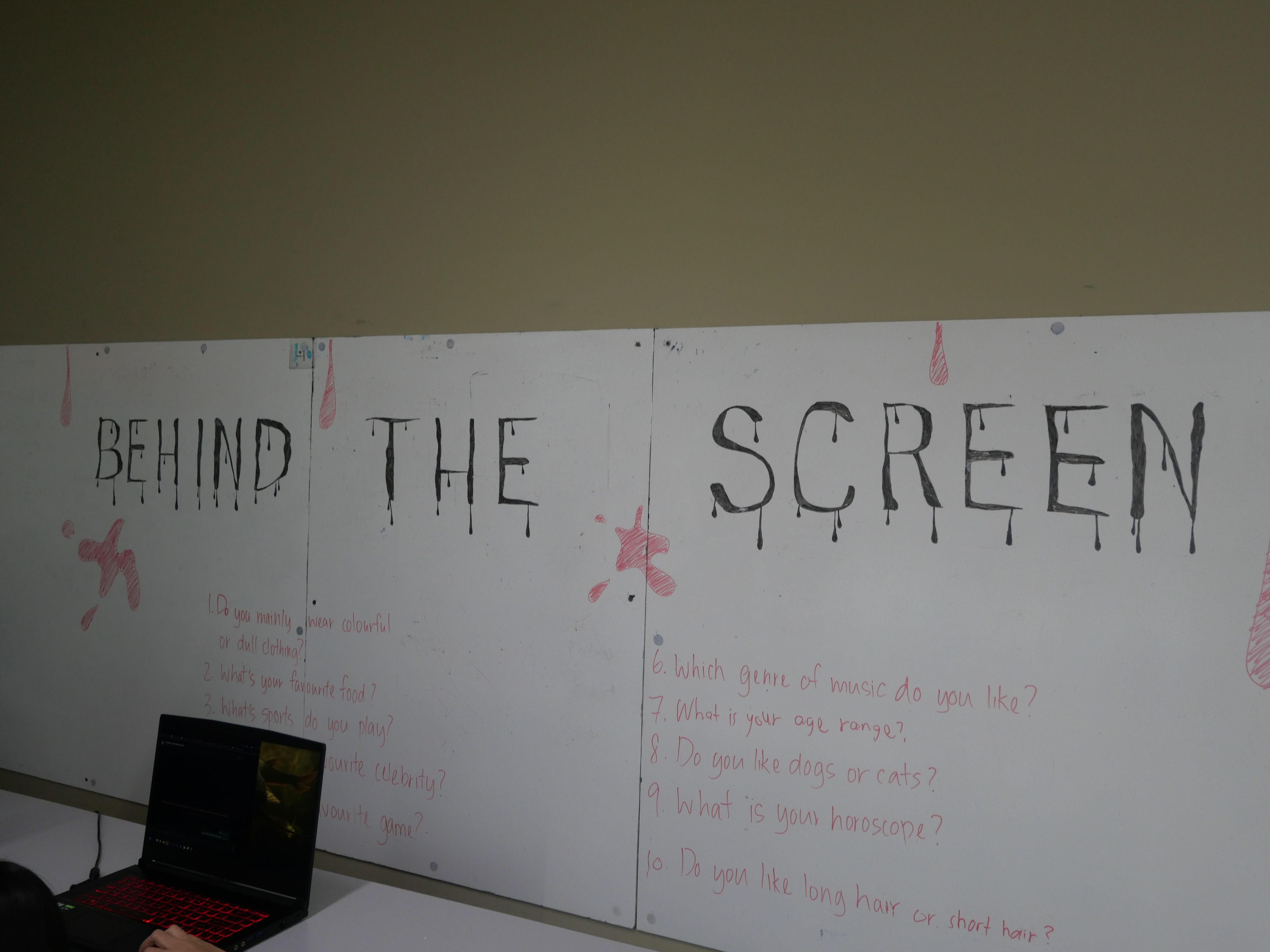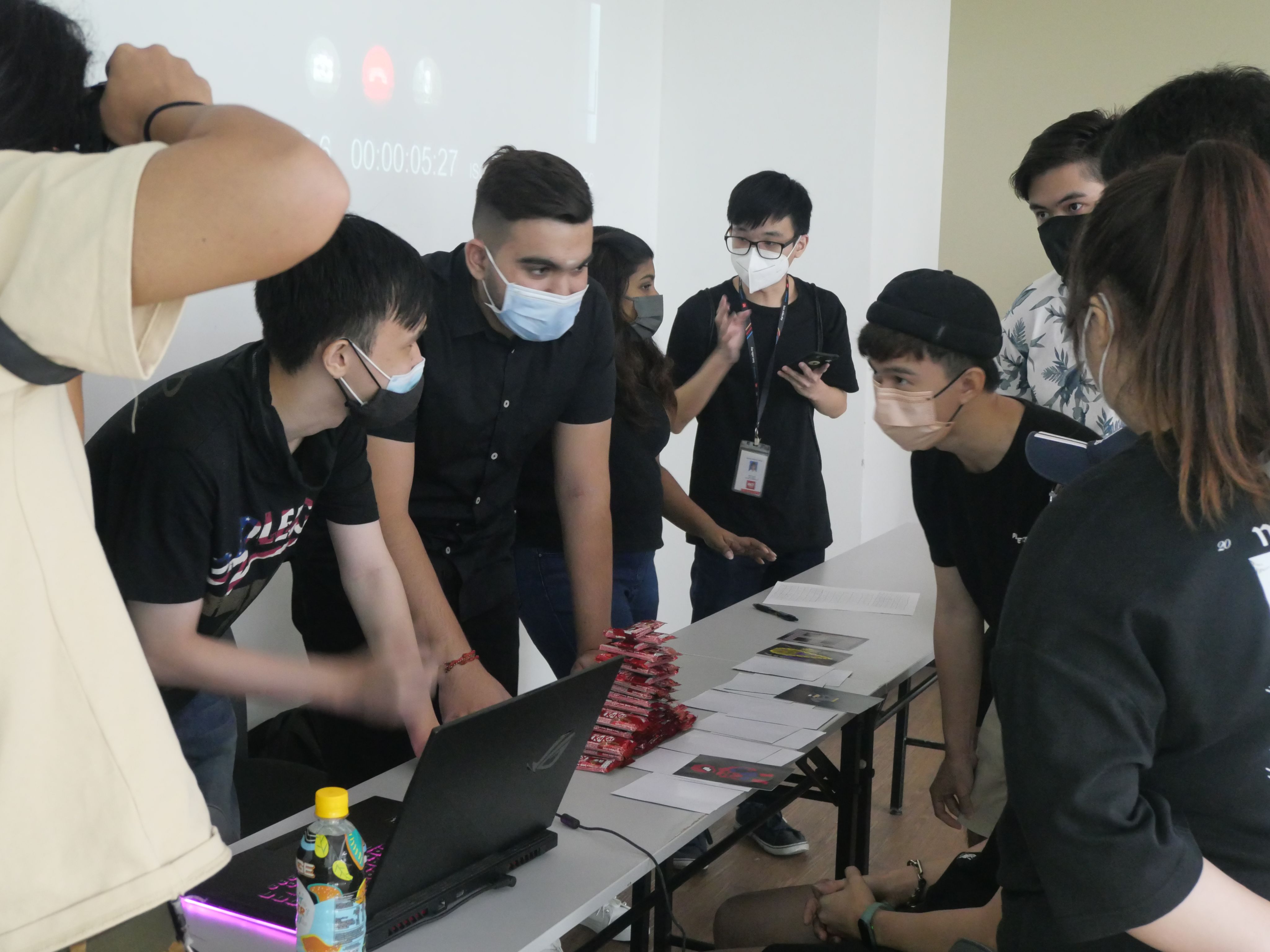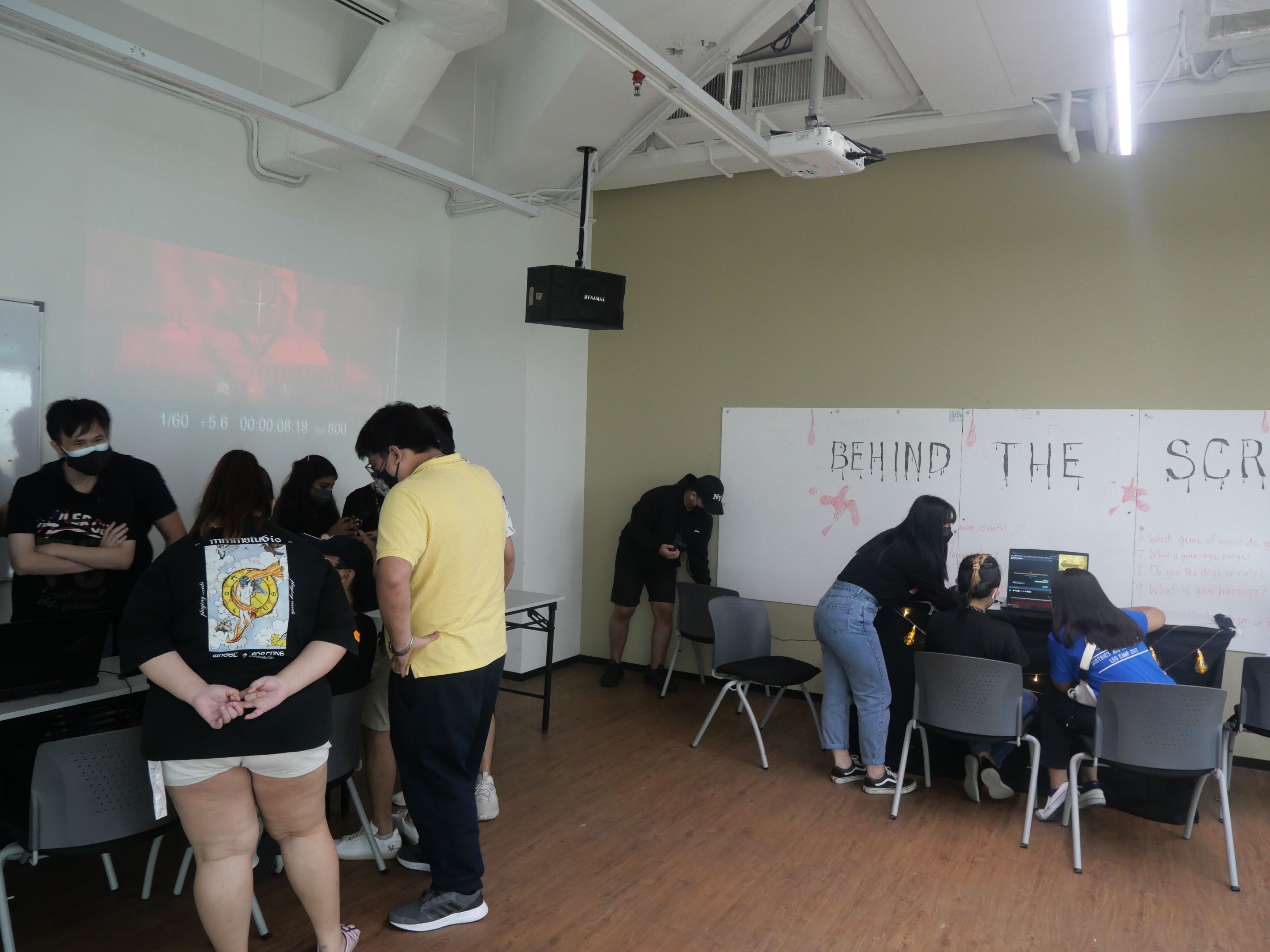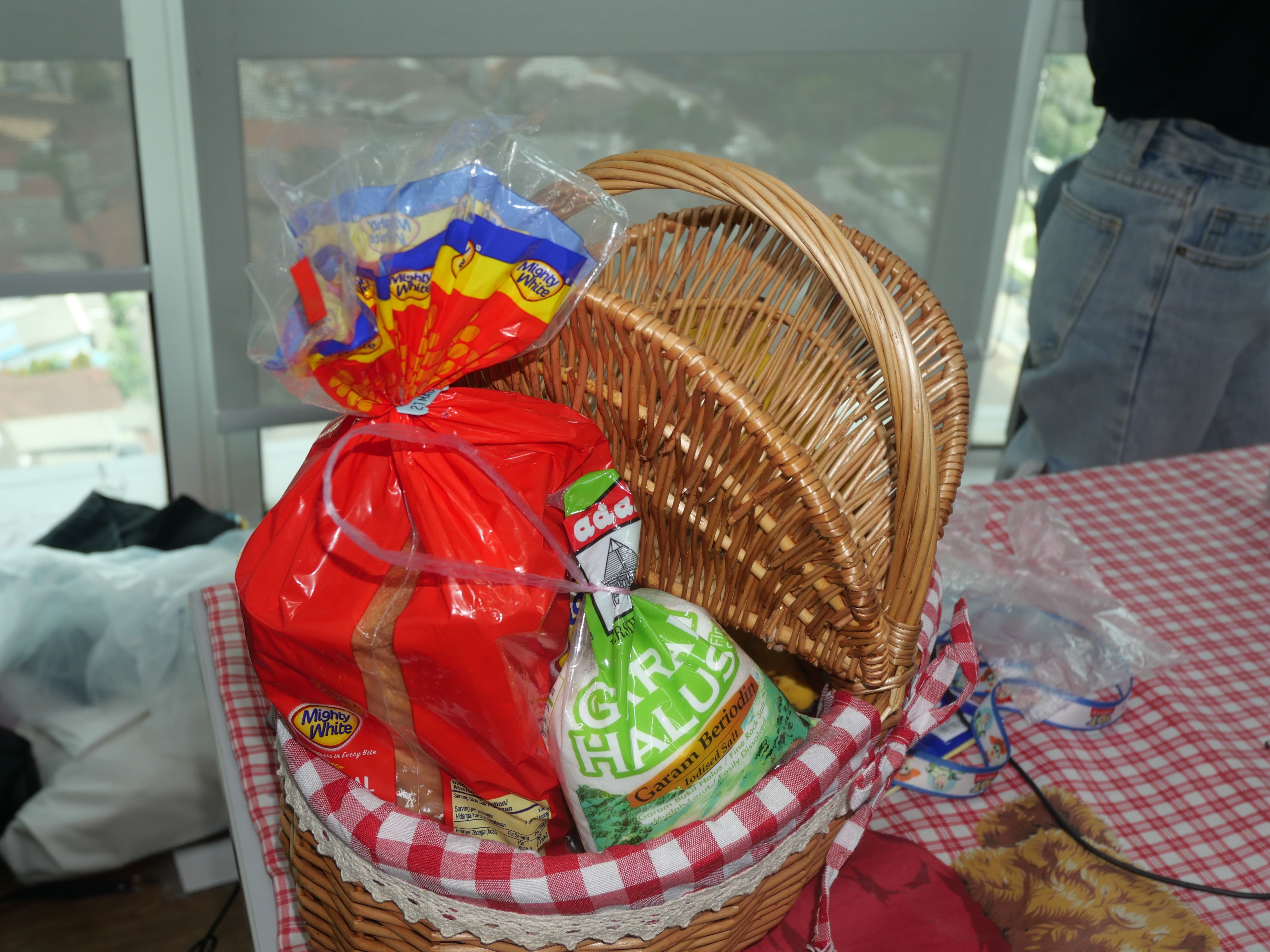IACT Students Take a Stand Against Cyberbullying
Escape The Anonymous
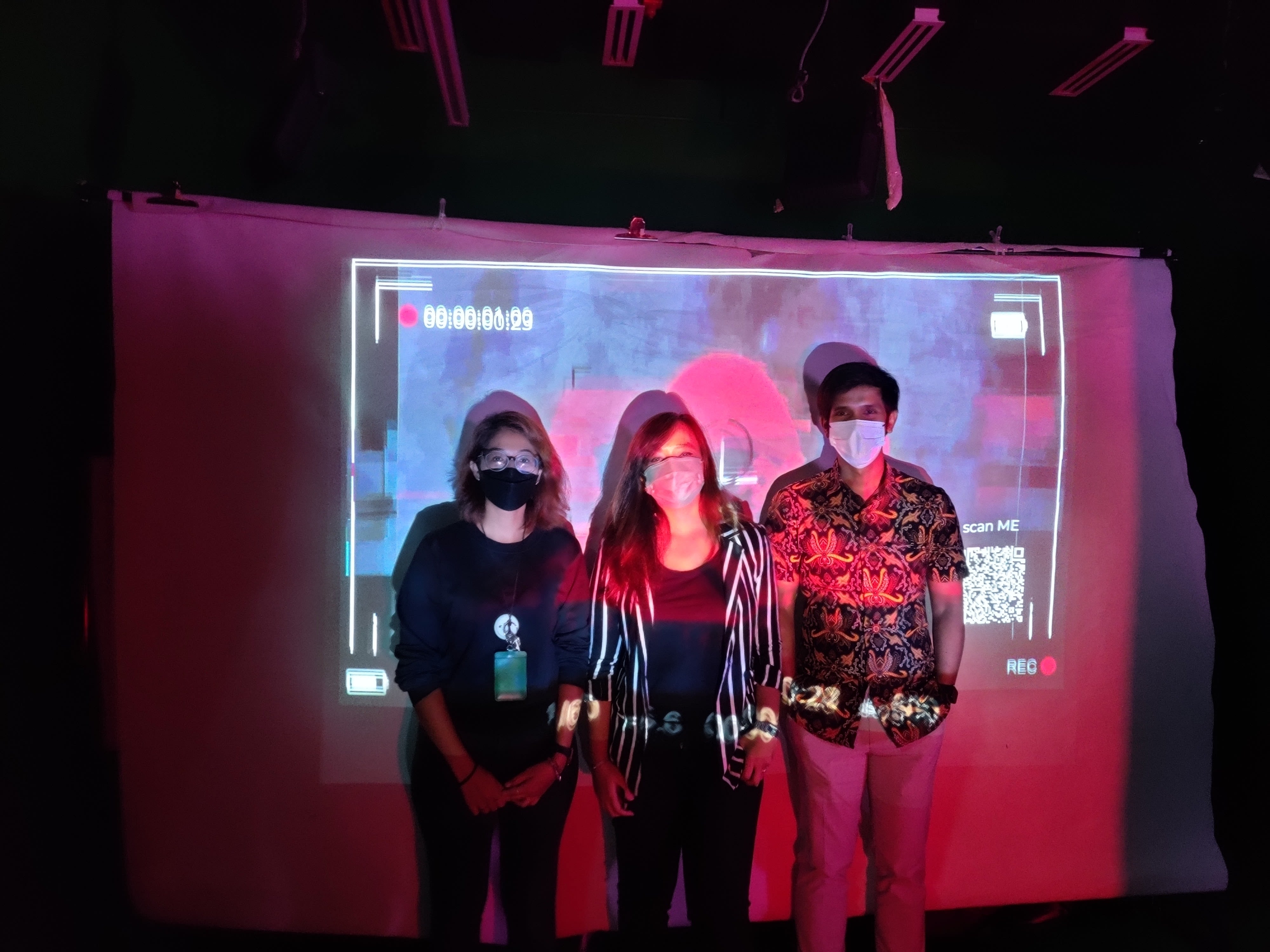
By Shenoj Kuruvilla
Photos by Jacob Panikulam and Events team
With the Internet becoming a staple in our daily lives, being easier to access each day, it's no surprise that anonymity has become a trending norm.
Because you're not required to reveal your identity, people take advantage of that, and sometimes misuse it to hurt others. Today it is considered normal to see comments, tweets, and posts condemning or bullying just anyone, and with the added factor of anonymity, it's easy to do so without the threat of consequences.
IACT lecturer, Ms. Ain, who teaches 'Problem Solving and Decision Making', an MPU module, decided to host an event called 'Escape the Anonymous.' The aim of this event was to raise awareness to the fact that negative comments have become a norm and that we need to stop using a screen as a shield behind which we can hide and bully others.
The idea for this topic came from Ms. Ain herself, who briefed her students on how anonymity has risen even during the pandemic, with most people having unlimited access to the internet. She then encouraged her students to come up with ideas for interactive booths and games, in line with this topic.
Natasha, from the marketing team, shared that with Ms. Ain's guidance, the team was able to start planning for the event.
'Escape the Anonymous' was held on the 12th floor of the PJ Campus, showcasing 5 booths.
The first room was called "negative space", which was filled with actual hate comments found online, printed out and stuck to the walls. Participants were meant to walk through and read the negative comments, bringing awareness to how drastic they such comments can be. The team also included a QR code, which led to a 2017 case study about a student who committed suicide due to excessive cyberbullying. The study also included the statistics on rising cases of cyberbullying. At the end of this station, participants were required to write a positive comment on a Post-It note and stick it on the exit door for others to read as they walked out. The idea of this exercise was to cancel out all the negativity with some positivity of their own.
The next classroom featured 3 booths. The first was "Breakaway," a quiz game inspired by Pac-Man. Participants were given a character and asked seven questions, some of which tested on general knowledge, the others were situational questions to see what participants would do in a case of cyberbullying. If they could answer the question correctly within the time limit, they could move to the next level with a different question. If the participant could complete all the levels within the time limit, they would get a small prize; a Kit-Kat bar.
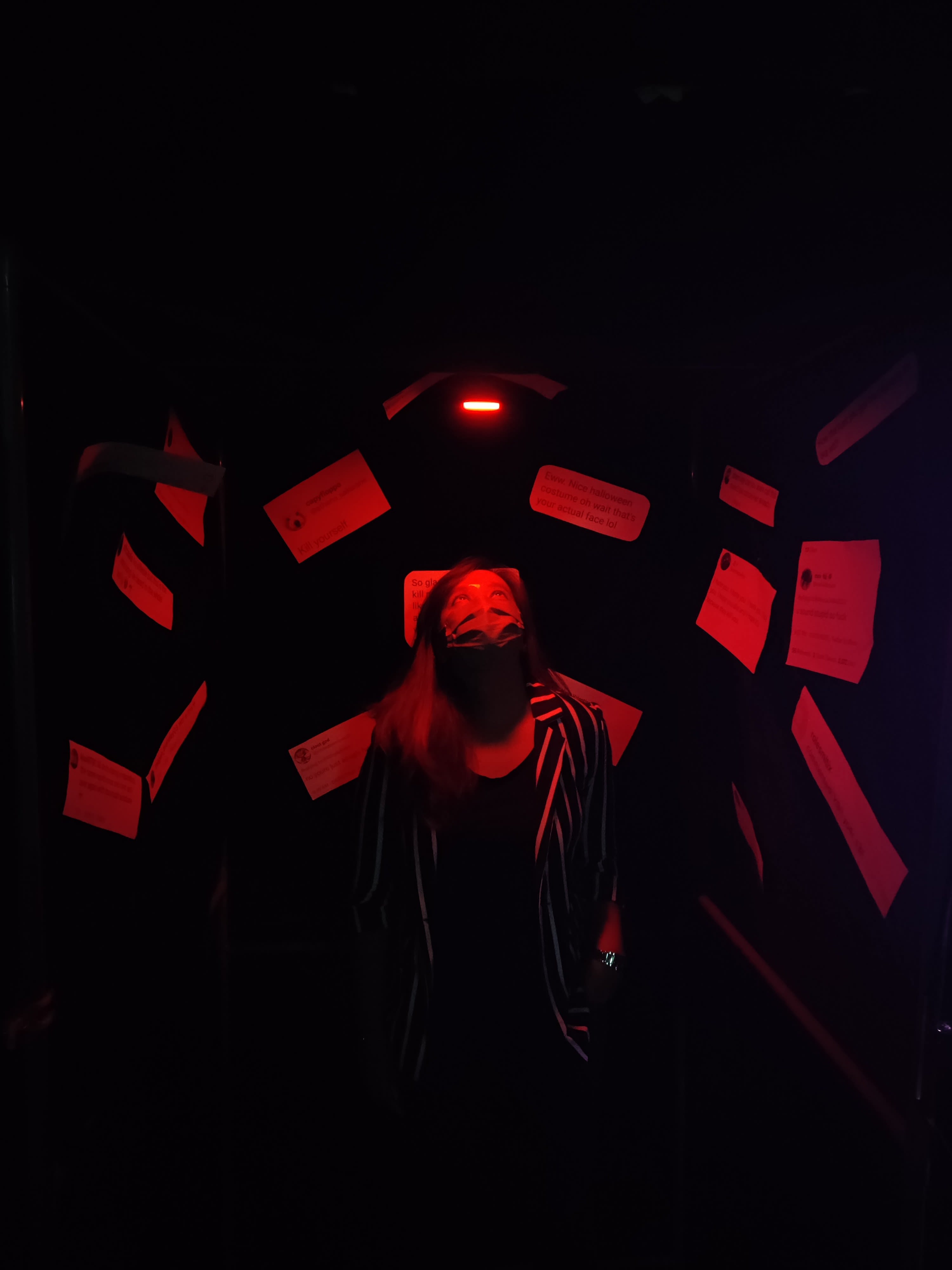
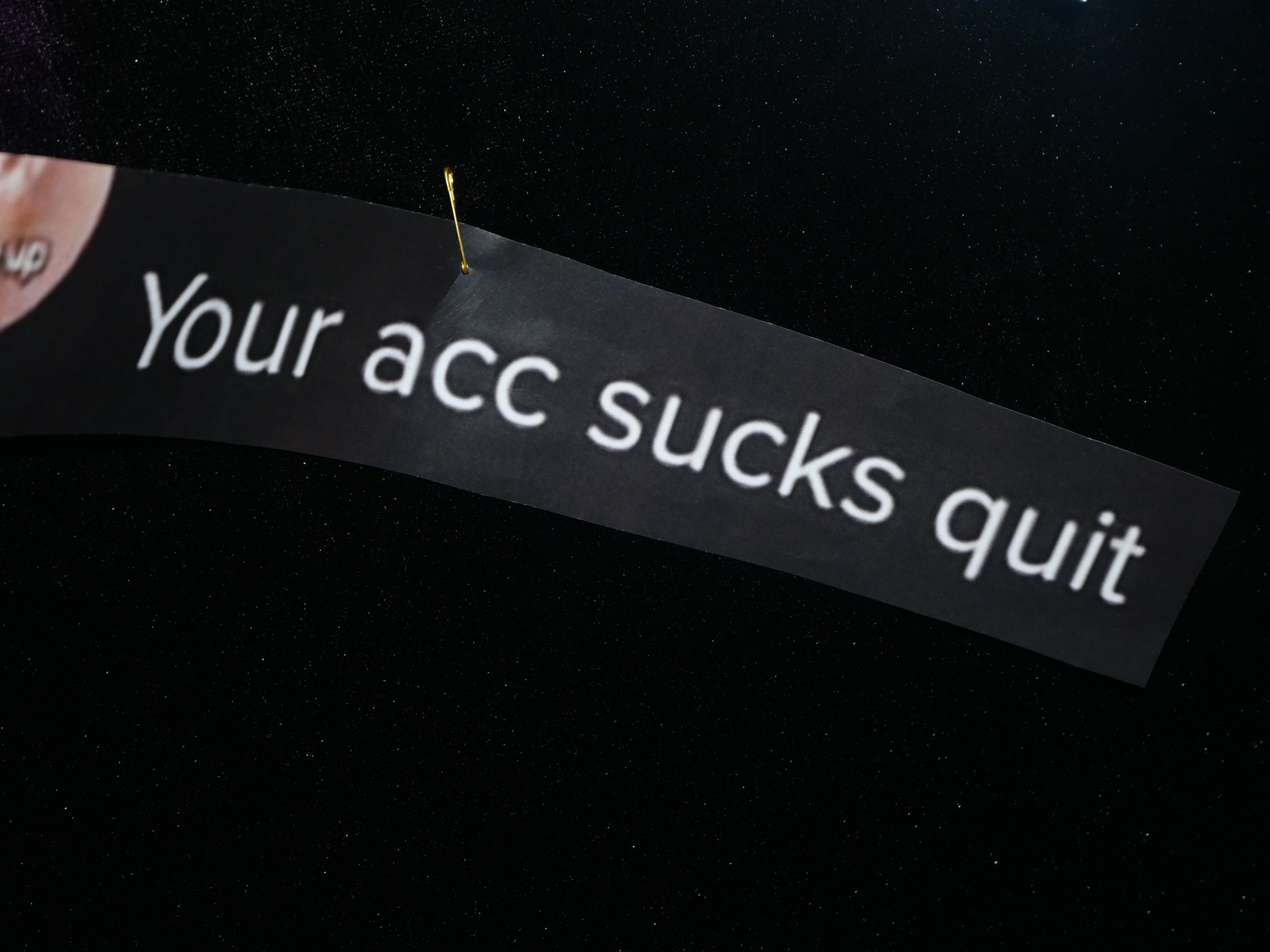
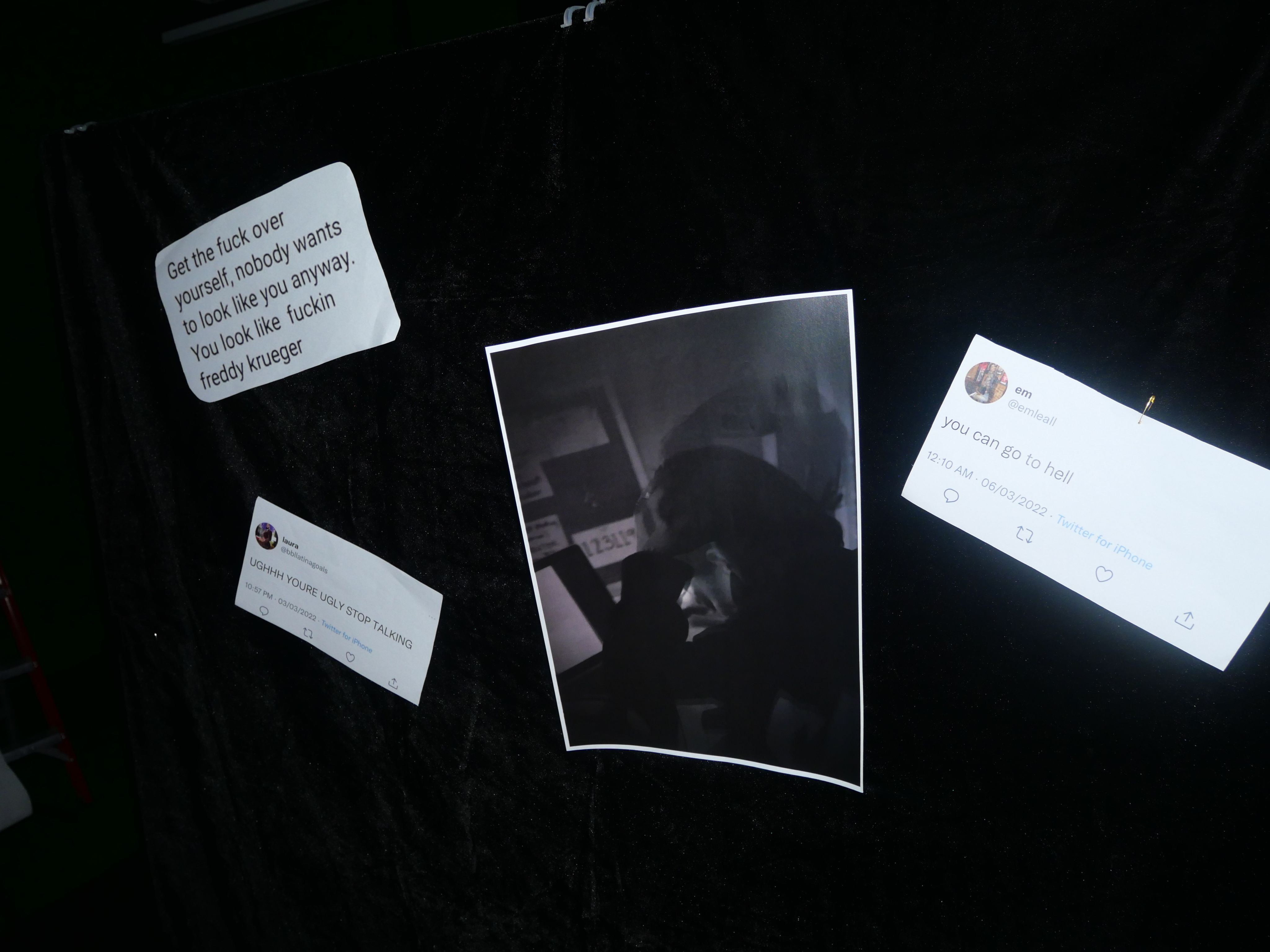
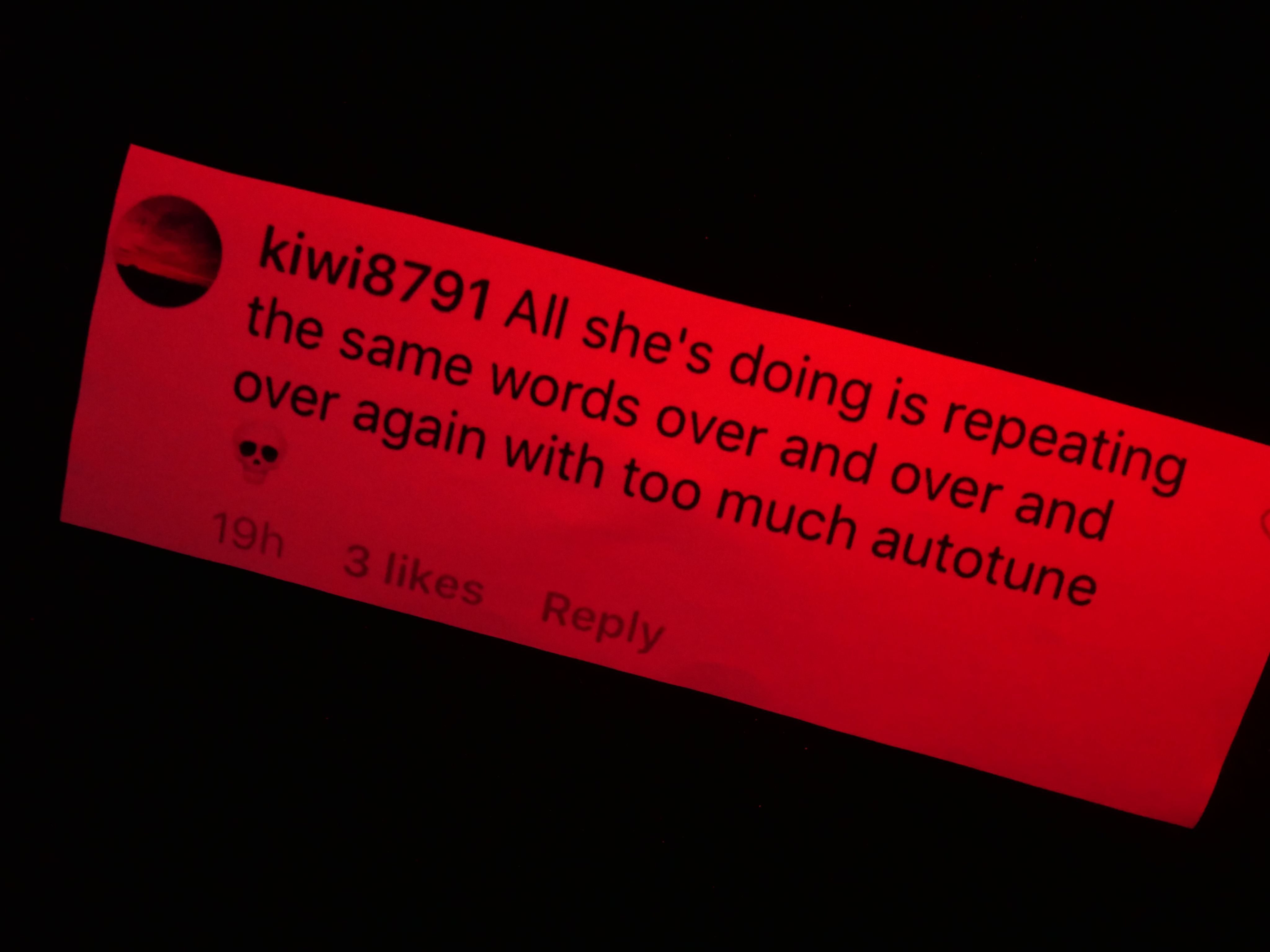
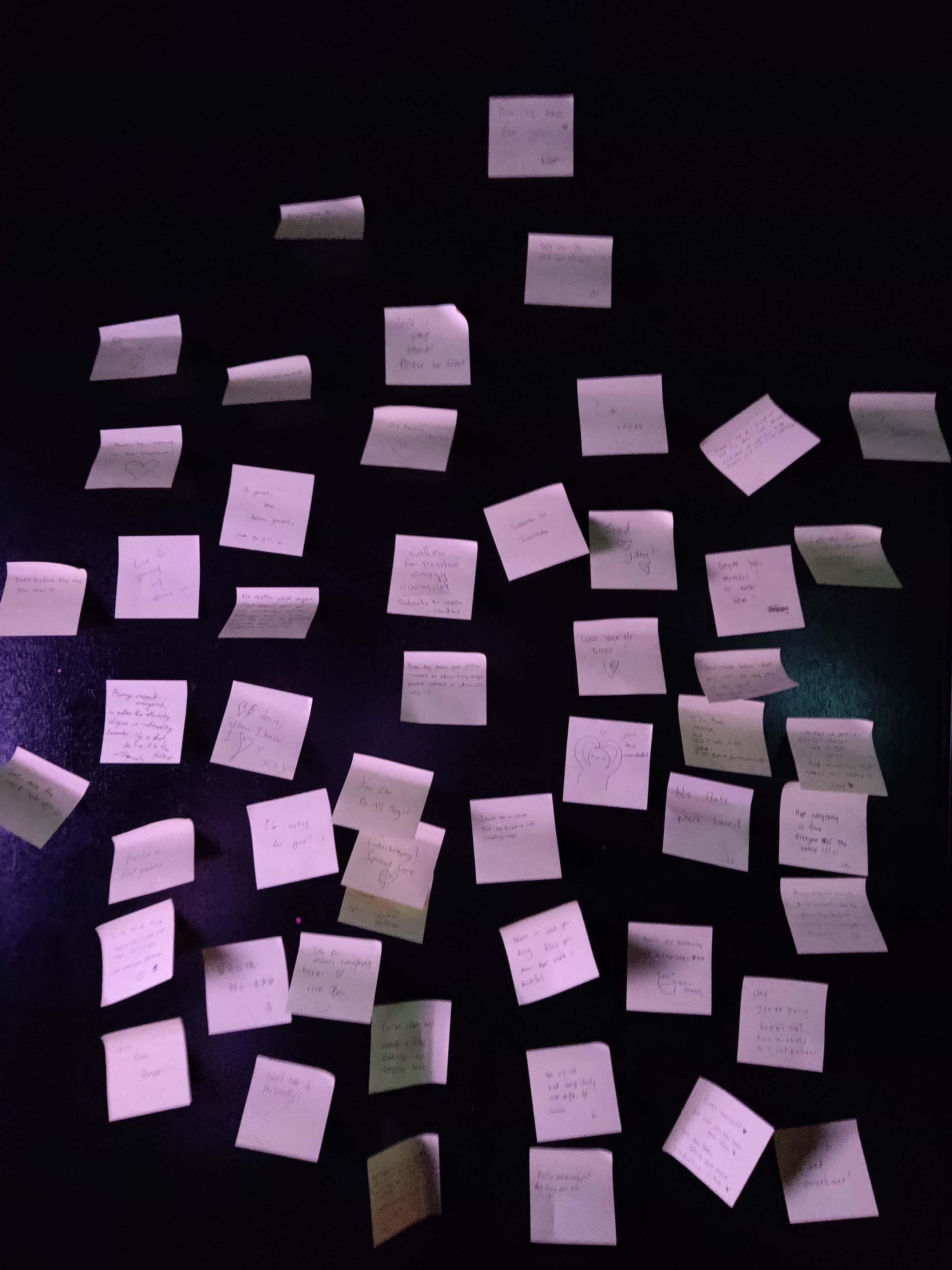
The "Behind the Screen" booth, saw participants trying to avoid getting catfished by guessing who was chatting with them. They were presented with a WhatsApp group, where they were allowed to ask five questions from a list of ten and have a conversation with one of the group members from there. At the end of the conversation, the participant had to guess if the person they were conversing with was a guy or a girl, and the truth would be exposed. The point of this station was to show just how much anonymity was the norm, and that you truly don't know who you are talking to behind the screen. They definitely succeeded at proving their point, seeing as about half the participants did in fact get catfished.
The "Welcome to the Kitchen" booth was a competition between girls and guys to see who was the better cook. Participants would face-off, girl against guy, to make an egg mayo sandwich in the shortest amount of time. They were judged on appearance and speed. The point of this booth was to break the stereotype that women belong in the kitchen, and that guys can't be good cooks. The catch was that while the competitors made their sandwiches, they were getting negative comments through a speaker from anonymous members watching the competition online. This aspect was meant to give participants a chance to feel what it was like to be cyberbullied. In the end, the score favoured the women.
The last booth, "Go-Fish" was conducted fully online, through Microsoft Teams. This booth was a twist on the classic game of Mafia. There was one narrator, two 'catfishes' (a replacement for the Mafia) and the rest of the players were 'victims' (replacements for civilians). The catfishes had to form a private group with the narrator to decide who to eliminate, and in the daytime, the victims had to discuss and find out who the catfish was. The narrator would ask leading questions to try and provide clues for the victims by catching the catfishes in a lie.
After visiting each booth, participants would get a token. Once all five tokens were collected, the first twenty participants would be eligible for a lucky draw, which was held at the end of the event. Five winners were chosen.
At the end of the event, Ms. Ain gave a speech, citing the event as a huge success.
This event managed to shed some light on cyberbullying in an interesting and creative way.
